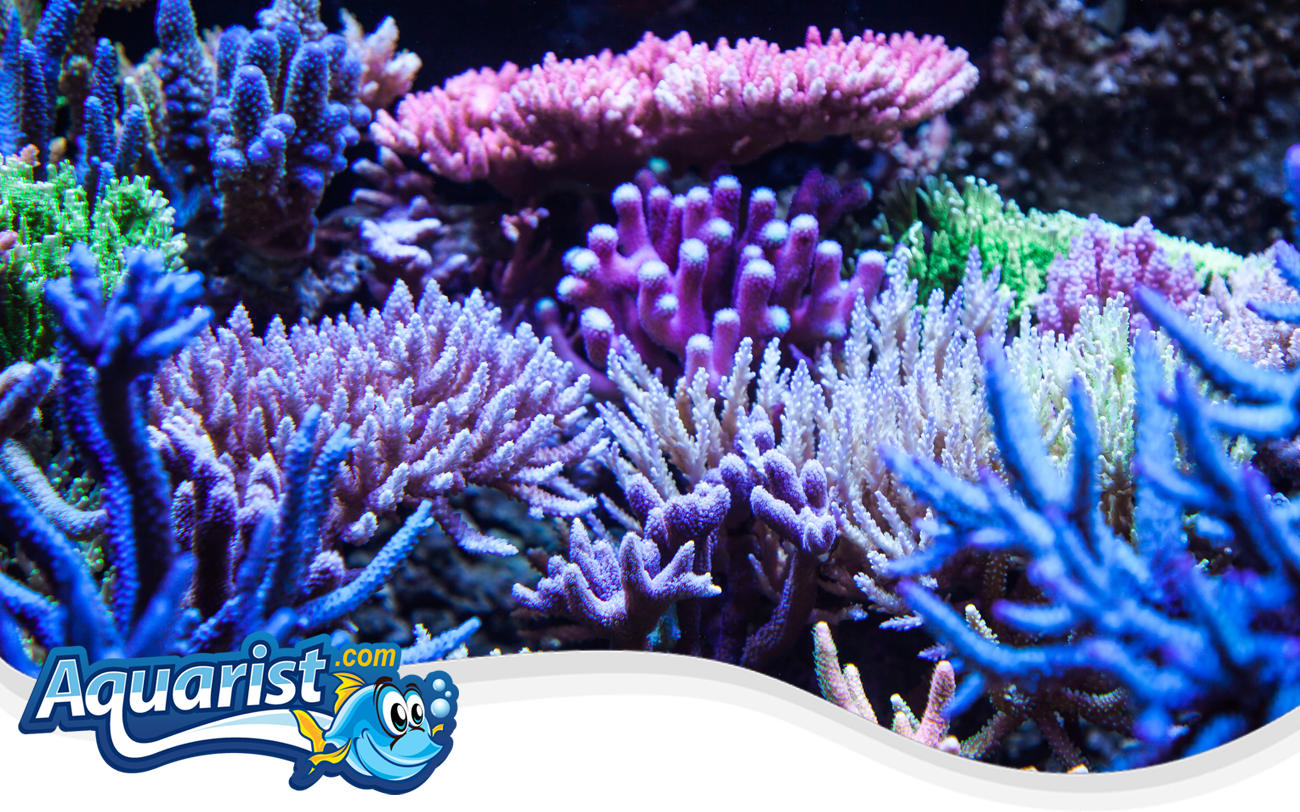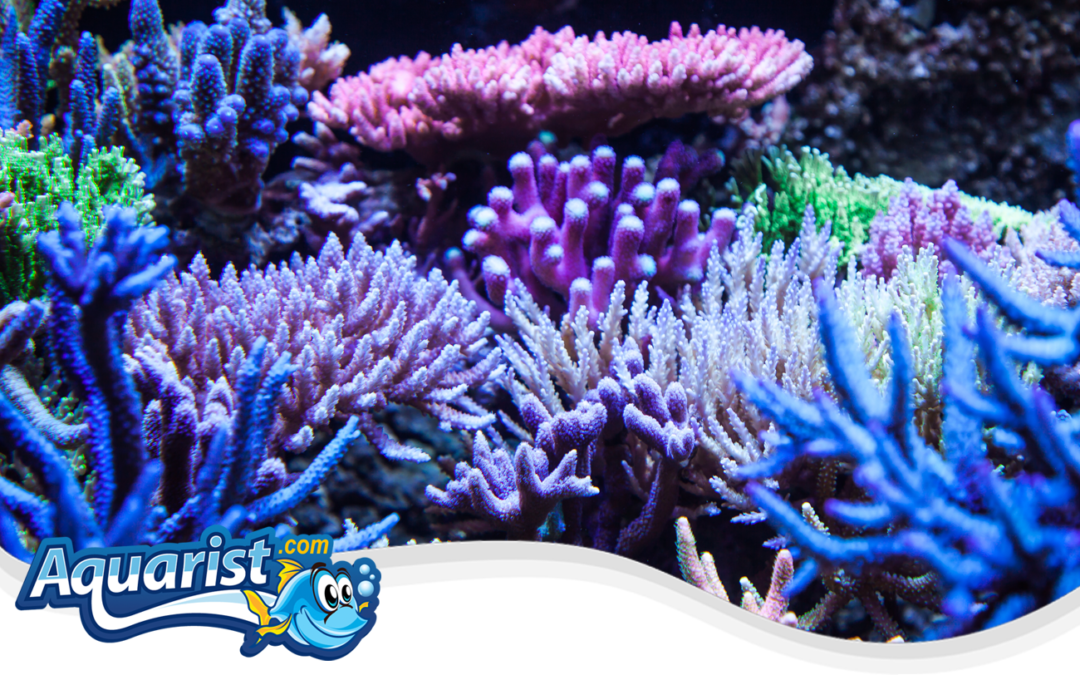
Comprehensive Guide to Fragging SPS Corals
SPS (Small Polyp Stony) corals are prized in the reef-keeping hobby for their intricate structures and vibrant colors. However, fragging SPS corals can be intimidating for beginners due to their hard skeletons and small polyps. With the right tools, techniques, and a bit of patience, fragging SPS corals can be a straightforward process that allows you to propagate your favorite coral species and manage growth in your tank.
What is SPS Coral Fragging?
Fragging SPS corals involves cutting or breaking a portion of the coral’s hard skeleton, along with the small polyps growing on it, to create a new fragment (frag). These frags can then grow into independent colonies in your tank or can be shared or sold to other hobbyists. Unlike soft corals, SPS corals have a rigid skeleton made of calcium carbonate, which requires specific tools and techniques to frag properly.
Why Frag SPS Corals?
There are several reasons why reef-keepers choose to frag SPS corals:
- Propagation: Fragging allows you to grow multiple colonies from a single parent coral.
- Space management: SPS corals can grow quickly and take over space in your tank. Fragging helps control their size and keeps your tank balanced.
- Trading and sharing: Many hobbyists frag corals to share or sell pieces with others in the reef-keeping community.
- Promoting growth: In some cases, fragging can stimulate new growth and help corals recover from damage.
Materials Needed for Fragging SPS Corals
- Bone cutters or coral clippers
- Razor blade (for soft tissue trimming, if necessary)
- Frag plugs or small pieces of live rock
- Super glue gel (reef-safe) or epoxy
- Rubber gloves (optional for sensitive skin)
- Container with tank water (for holding frags temporarily)
- Iodine-based coral dip (optional for reducing infection risks)
Step-by-Step Guide to Fragging SPS Corals
Step 1: Choose a Healthy Parent Coral
When fragging SPS corals, it’s essential to start with a healthy parent colony. Look for a coral that is thriving in your tank, with good polyp extension, vibrant color, and no signs of stress or disease. Popular SPS corals for fragging include:
- Acropora (Acros)
- Montipora (Montis)
- Birdsnest corals (Seriatopora)
- Stylophora
- Pocillopora
These corals have branching structures that make it easier to cut small sections without causing significant damage to the colony.
Step 2: Prepare Your Workspace
Set up a clean, well-lit workspace where you can easily handle your coral and fragging tools. It’s a good idea to work near your tank so you can quickly transfer the frags back into water after cutting. Keep a container of tank water nearby to place frags in immediately after cutting to minimize stress. If you’re using a coral dip, prepare it in a separate container according to the product’s instructions.
Step 3: Identify the Fragging Point
Before making any cuts, carefully examine the coral to find a suitable point to frag. For branching SPS corals like Acropora or Birdsnest, look for healthy branches with good polyp extension. Ideally, you want to cut a branch that’s at least 1-2 inches long to ensure the frag has enough tissue to thrive.
For plating corals like Montipora, choose a section of the plate that has grown outward and is easily accessible for cutting. Avoid cutting too close to the base of the coral, as this can cause damage to the parent colony.
Step 4: Cut the Coral
Using bone cutters or coral clippers, make a clean cut through the skeleton of the coral. Be gentle and deliberate with your cuts to avoid crushing the coral or damaging the surrounding tissue. If the coral has soft tissue extending past the skeleton (as with some species of Acropora), you may need to use a razor blade to carefully trim the tissue after cutting.
For branching SPS corals, make your cut near the base of the branch, ensuring you leave enough skeleton for both the frag and the parent colony to heal.
Step 5: Attach the Frag to a Plug or Rock
After cutting the frag, it’s time to attach it to a frag plug or small piece of live rock. Apply a small amount of reef-safe super glue gel or epoxy to the base of the frag and press it onto the plug or rock. Hold the frag in place for 10-20 seconds to allow the glue to set. Be sure to avoid getting glue on the coral’s tissue, as this can damage the frag.
If you’re using epoxy, you can mold the epoxy around the base of the coral for added stability.
Step 6: Heal and Acclimate the Frag
Once the frag is attached to the plug or rock, place it in a container of tank water to let it settle. If you’re using an iodine-based coral dip, follow the product’s instructions and gently dip the frag to help prevent infections.
After dipping, place the frag in a low-flow area of your tank, ideally on a frag rack or in a dedicated fragging area. SPS corals need stable conditions to heal, so it’s important to keep them in a low-stress environment with consistent water flow and lighting.
Step 7: Monitor the Frag’s Progress
Over the next few weeks, monitor the frag for signs of healing and new growth. Healthy frags will start to encrust the plug or rock and extend their polyps. Be patient, as SPS corals can take time to recover and start growing. If the frag shows signs of stress, such as tissue recession or discoloration, move it to an area with lower light or gentler flow until it stabilizes.
It’s also essential to ensure that your tank’s water parameters remain stable during the healing process. SPS corals are particularly sensitive to changes in water chemistry, so maintaining optimal calcium, alkalinity, and magnesium levels is critical for successful fragging and long-term growth.
Pro Tips for Fragging SPS Corals
- Use sterilized tools: Always use clean, sharp tools to prevent infections and ensure precise cuts.
- Frag healthy corals: Only frag corals that are healthy and growing well to ensure successful healing.
- Use coral dip: Dipping your frags in an iodine-based solution can help prevent infections and promote faster healing.
- Be patient: SPS corals can be slow to heal and grow, so give your frags plenty of time to adjust before moving or fragging them again.
Conclusion
Fragging SPS corals may seem daunting at first, but with the right approach, it can be a rewarding and effective way to propagate new coral colonies and manage your tank’s coral growth. By following the steps in this guide and maintaining a stable environment, you can successfully frag SPS corals and watch them thrive in your reef tank. With practice, fragging SPS corals will become easier, allowing you to grow your reef and share your favorite coral species with others.

